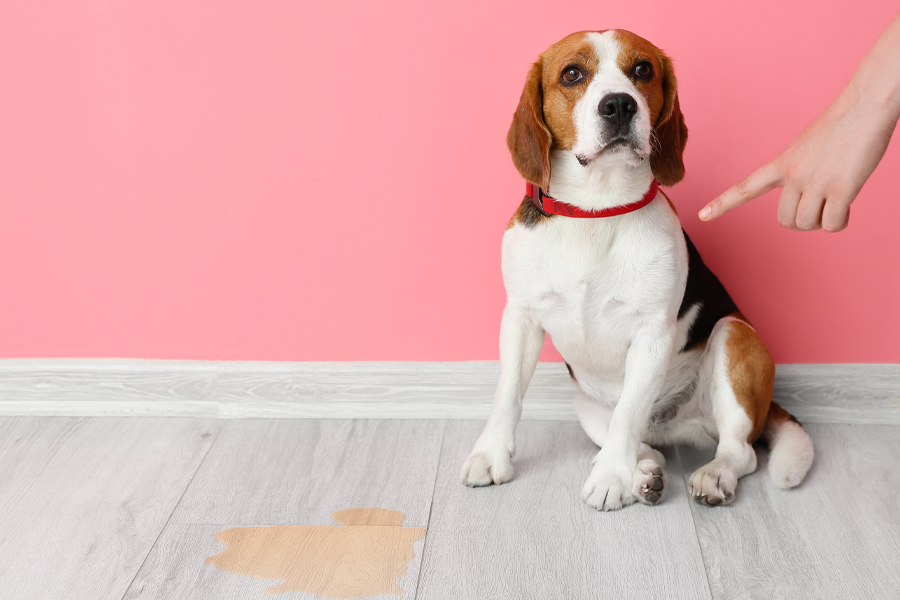
We all know the feeling of frustration when our beloved canine companions decide the great outdoors is not, in fact, their preferred restroom. Establishing a consistent and effective potty routine is a cornerstone of responsible pet ownership, fostering harmony within our households and promoting the well-being of our furry friends.
Yet despite our best-laid plans, dogs can exhibit a stubborn reluctance to relieve themselves outside. This behavior, often perplexing, can stem from a multitude of underlying factors, ranging from deep-seated anxieties to subtle medical concerns.
Let’s unravel the mysteries behind this behavior, get some actionable solutions and see how Richell USA’s innovative products can serve as invaluable allies in your potty-training endeavors. We will emphasize the importance of positive reinforcement, a cornerstone of effective training, and the necessity of unwavering consistency in establishing a predictable routine.
Before we dive into solutions, it's imperative to understand the intricate web of reasons that may contribute to your dog's aversion to outdoor elimination.
Dogs, much like humans, are susceptible to a range of anxieties. New environments, with their cacophony of unfamiliar scents and sounds, can overwhelm even the most seasoned canine. The sudden intrusion of loud noises, such as thunderstorms or the clamor of construction, can trigger a primal fear response, making them hesitant to venture outdoors. Furthermore, negative past experiences, like a startling encounter or a harsh reprimand during a previous potty break, can leave lasting emotional scars, associating outdoor elimination with fear and apprehension.
Urinary tract infections (UTIs), with their accompanying discomfort and urgency, can deter dogs from venturing outside. Gastrointestinal problems, like diarrhea or constipation, can make outdoor potty breaks a source of discomfort or anxiety. Certain medical conditions, such as kidney disease or diabetes, can increase urination frequency beyond a dog's control. Pain from arthritis or other mobility issues can render the act of squatting or navigating uneven terrain a painful ordeal.
A lack of a structured routine can leave dogs bewildered, unsure of where they are expected to relieve themselves. Sporadic or unpredictable potty breaks fail to establish a clear association between outdoor spaces and elimination. Ineffective training methods, like punishment or shouting, can instill fear and distrust, hindering the learning process. Conflicting commands or mixed signals create confusion, leading to inconsistent behavior.
Adverse weather conditions, such as torrential rain, blizzards, or scorching heat, can make outdoor potty breaks an unpleasant experience. Unfamiliar scents from other animals or the introduction of new flora can distract or intimidate dogs. The presence of other animals, like squirrels or neighborhood cats, can create distractions or provoke anxiety. Changes in the yard's landscape, such as new construction or landscaping projects, can disrupt established routines.
Senior dogs may experience cognitive decline, leading to lapses in memory and confusion regarding established routines. Muscle weakness or joint pain can make the act of squatting or navigating outdoor terrain a physical challenge. Dogs with mobility issues, like arthritis or hip dysplasia, may find it painful or difficult to traverse outdoor spaces. They may also struggle with bladder or bowel control, leading to more frequent accidents.
 |
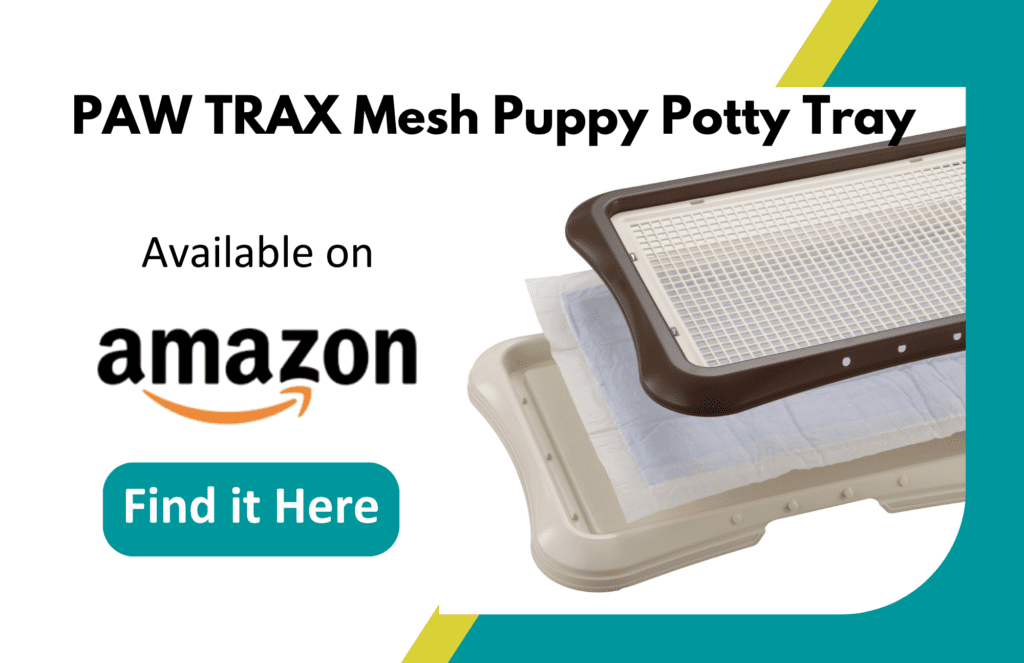 |
Establishing a predictable routine is paramount to successful potty training, providing your dog with a clear understanding of expectations.
Consistency is the cornerstone of successful potty training. Adhere to a strict schedule, taking your dog outside at the same times each day, such as upon waking, after meals, and before bedtime. This establishes a predictable pattern, signaling to your dog when it's time to relieve themselves.
Select a specific area in your yard to serve as your dog's designated potty spot. This creates a familiar territory, associating that particular location with elimination. The lingering scent of their urine and feces will reinforce this association.
When your dog successfully potties outside, immediately shower them with praise, treats, or a favorite toy. This positive reinforcement strengthens the desired behavior, creating a positive association with outdoor elimination. Reward-based training is far more effective than punishment, fostering a trusting and cooperative relationship.
Never punish your dog for accidents that occur indoors. This can instill fear and anxiety, exacerbating the problem. Instead, focus on positive reinforcement and consistent training, creating a supportive learning environment.
Keep your dog on a leash during potty breaks to prevent distractions and ensure they focus on the task at hand. This also grants you control over their movements, guiding them to the designated potty area.
Remember that training is a gradual process, requiring patience and perseverance. Be consistent in your approach, and don't be discouraged by occasional setbacks. Each dog learns at their own pace, and unwavering support is essential.
If anxiety is the underlying cause of your dog's reluctance, creating a safe and comforting environment is crucial.
Introduce your dog to outdoor spaces gradually, starting with short potty breaks and progressively increasing the duration as they become more comfortable. This allows them to acclimate to the environment at their own pace, reducing anxiety.
Create a safe space indoors where your dog can retreat when feeling anxious. This could be a crate, a quiet room, or a comfortable bed, providing a sense of security.
Consider using calming aids, such as pheromone diffusers or calming treats, to help reduce anxiety and create a more relaxed atmosphere.
If anxiety persists, consult a veterinarian or certified dog behaviorist. They can identify the root cause of the anxiety and recommend appropriate treatment options.
If you suspect a medical condition is contributing to your dog's reluctance, prompt veterinary care is essential.
Schedule a comprehensive veterinary examination to rule out any underlying medical conditions. A veterinarian can perform a thorough physical examination, conduct diagnostic tests, and provide an accurate diagnosis.
Adhere to your veterinarian's prescribed medication and treatment plan. This may include antibiotics, pain relievers, or other medications to address the specific medical condition.
If your dog experiences gastrointestinal issues, consider making dietary adjustments. A veterinarian can recommend a diet that is gentle on the digestive system and promotes regular bowel movements.
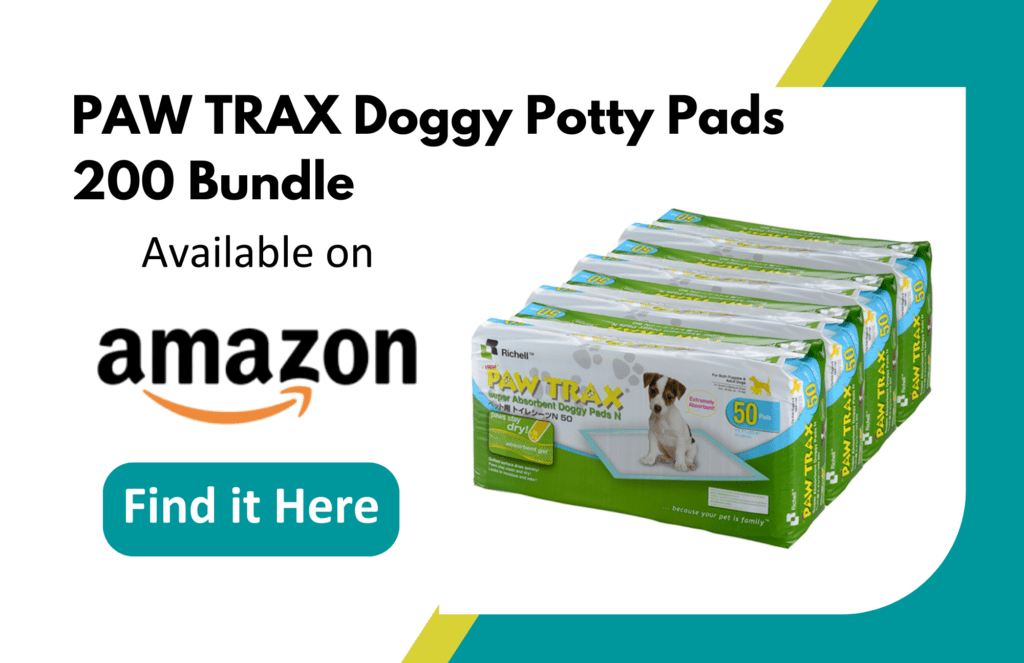 |
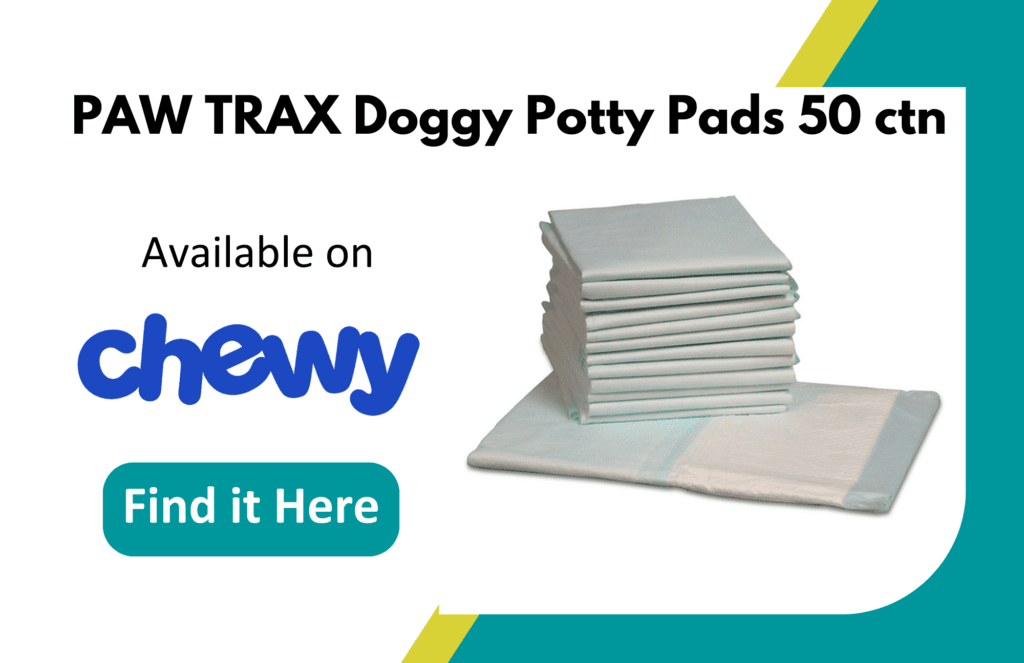 |
Richell USA offers a diverse range of products that can significantly aid in potty training and managing indoor accidents.
Indoor Dog Potty: For small breeds or dogs with limited mobility, an indoor dog potty provides a convenient and hygienic alternative. It offers a designated area for elimination, protecting your floors and furniture from accidents. See the PAW TRAX collection for options!
Training Pads like our Doggy Potty Pads serve as a protective barrier, safeguarding your floors and providing a designated area for indoor accidents. They are particularly useful during the initial stages of potty training or for dogs with incontinence issues.
Pet Playpens and Kennels create a safe enclosed area. This is a good way to contain a dog within a smaller space and make training easier. They also provide a safe space for your furry pal.
Pet Crates, when used responsibly, can aid in housebreaking and provide a secure and comfortable space for your dog. A pet crate or pen can help establish a routine and prevent accidents when your dog is left unattended.
Pet Gates like our Tall One-Touch II Dog Gate let you block off certain areas of the house. This helps control the area a dog has access to, and limits the amount of area a dog may have accidents in.
When indoor accidents occur, thorough cleaning is essential to prevent re-marking and maintain a hygienic environment.
Environmental changes can disrupt even the most well-established routines, causing confusion and anxiety in our canine companions.
Provide adequate shelter from extreme weather conditions, such as torrential rain, blizzards, or scorching heat. This could include a covered patio, a dog house, or a sheltered area in the yard. Creating a comfortable and protected environment ensures your dog is not deterred from outdoor elimination by unpleasant weather.
Bring familiar scents outdoors, such as a beloved blanket or a cherished toy. These familiar scents can provide comfort and reassurance, helping your dog feel more at ease in the outdoor environment.
Choose a quiet and peaceful location for potty breaks, away from loud noises or distractions. This allows your dog to focus on the task at hand, minimizing anxiety and promoting successful elimination.
Senior dogs and those with physical limitations require extra support and consideration to ensure their comfort and well-being.
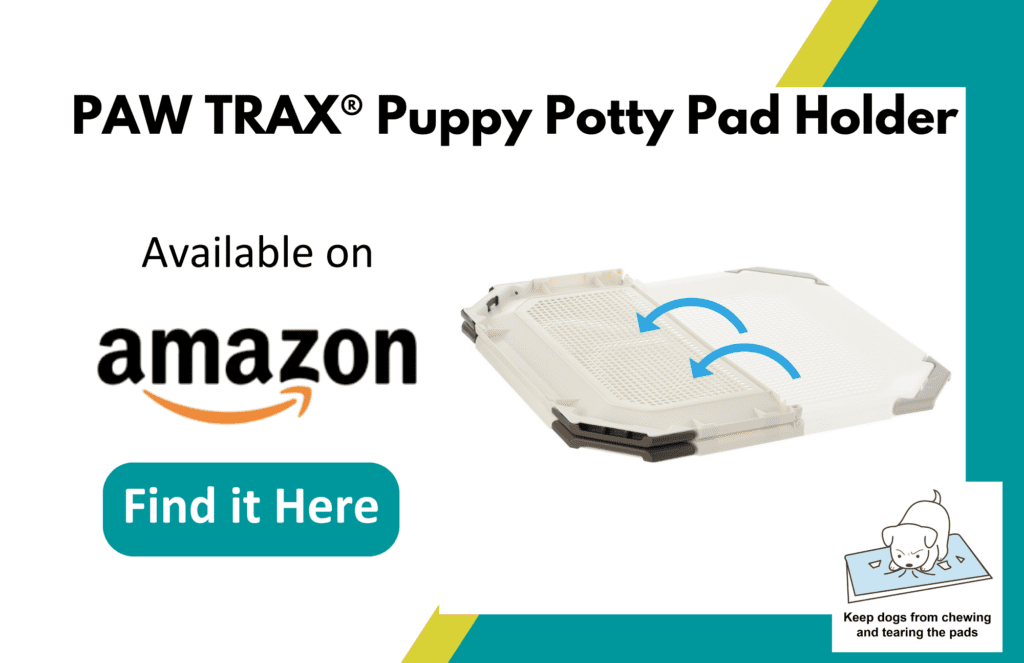 |
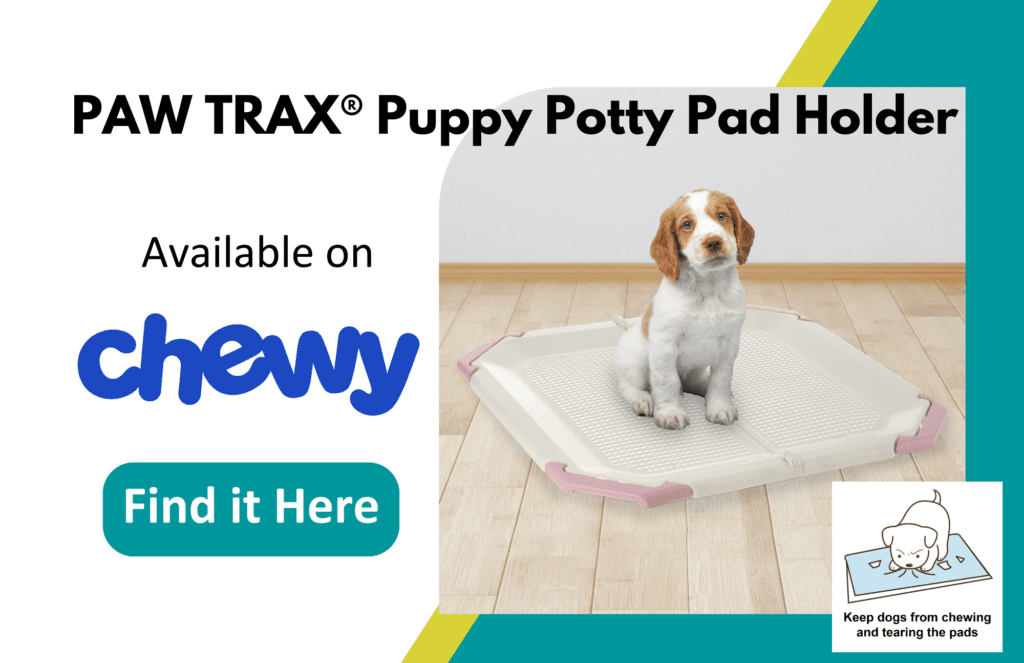 |
Navigating the complexities of outdoor potty problems with our canine companions demands a multifaceted approach, encompassing patience, consistency, and a profound understanding of the underlying causes. By implementing a structured routine, addressing anxiety and fear, managing medical issues, and utilizing the appropriate tools and products, we can empower our dogs to develop healthy potty habits. Remember, the cornerstones of success are consistent training and unwavering positive reinforcement.
Your dog might refuse to potty outside due to anxiety, medical issues, inconsistent training, environmental factors, or age-related limitations. It’s important to determine the root cause to implement the correct solution.
Establish scheduled potty breaks, choose a designated potty area, use positive reinforcement, avoid punishment, and maintain patience and persistence. This consistent routine will help your dog understand what is expected of them.
Gradually expose your dog to outdoor spaces, create a safe space indoors, use calming aids, and consult a professional if anxiety persists. A calm and safe environment is essential for an anxious dog.
Use enzyme cleaners to eliminate odors, maintain a clean environment, and consult a veterinarian if you suspect a medical issue. Proper cleaning and veterinary care can prevent future accidents.
Provide assisted mobility, offer frequent potty breaks, ensure comfortable bedding, and consult a veterinarian for recommendations on managing age-related issues. Senior dogs need extra support and comfort.
Please complete this form and click "Submit". Our Customer Support team will gladly address your request and respond in a timely manner.
Richell USA, Inc.
Copyright © Richell, Inc.. All rights reserved